Follow us:

 Instagram
Instagram

 Instagram
Instagram
The Link Between Antibiotics and Yeast Infections
Posted on:
Apr 14, 2023
Authored by
Dr David Schoenfeld
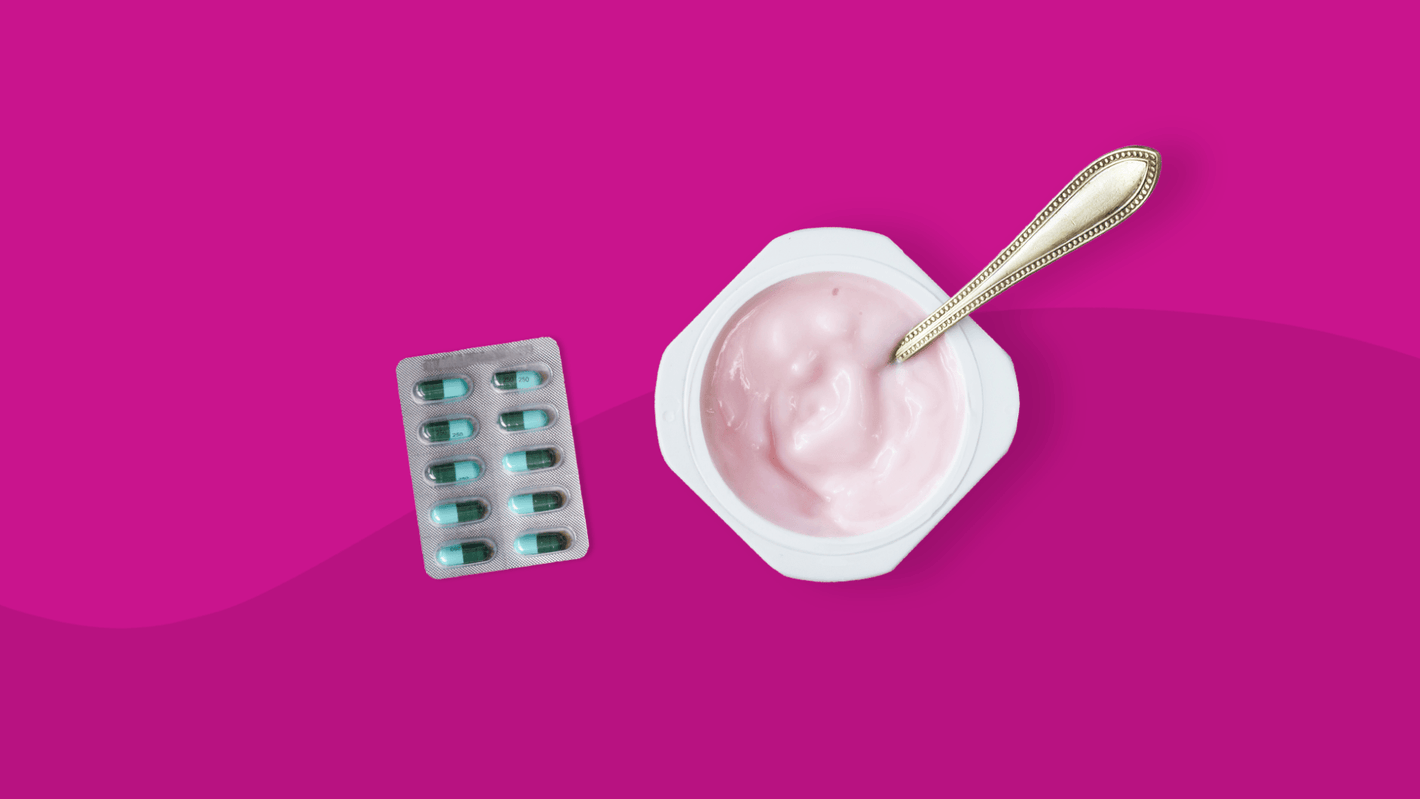
×
Related products
Brief overview of yeast infections
Yeast infections, also known as Candidiasis, are caused by an overgrowth of Candida species, a type of yeast that naturally exists in the body. These infections can affect various parts of the body, including the mouth, genitals, and skin. Although they are generally not life-threatening, yeast infections can cause significant discomfort and affect the quality of life for those who experience them.Role of antibiotics in modern medicine
Antibiotics are essential in modern medicine, as they help combat bacterial infections and save countless lives. They work by either killing bacteria or preventing them from reproducing. However, the use of antibiotics can have unintended consequences, one of which is an increased risk of developing yeast infections.Importance of understanding the link between antibiotics and yeast infections
Understanding the link between antibiotics and yeast infections is crucial for both healthcare professionals and patients, as it can inform thrush treatment decisions and prevent unnecessary discomfort. By raising awareness about this connection, healthcare providers can promote responsible antibiotic use and help patients minimise the risk of developing yeast infections.Understanding Yeast Infections
Definition of yeast infections
Yeast infections, or Candidiasis, occur when there is an overgrowth of Candida species in the body. Candida is a type of yeast that naturally exists on our skin and in our gastrointestinal and genitourinary tracts. Under normal circumstances, Candida exists in harmony with other microorganisms, but certain factors can disrupt this balance and lead to an overgrowth, resulting in a yeast infection.Causes of yeast infections
Several factors can contribute to the development of yeast infections:Candida overgrowth
An overgrowth of Candida is the primary cause of yeast infections. This overgrowth can occur when the balance of microorganisms in the body is disrupted, allowing Candida to multiply and cause infection.Weakened immune system
A weakened immune system may struggle to keep Candida populations in check, increasing the risk of developing a yeast infection. Individuals with compromised immune systems, such as those with HIV or undergoing chemotherapy, are particularly vulnerable.Hormonal imbalances
Hormonal fluctuations, such as those experienced during pregnancy or as a result of certain medications, can alter the balance of microorganisms in the body and increase the risk of yeast infections.Common symptoms of yeast infections
The symptoms of yeast infections can vary depending on the affected body part but may include:Itching and irritation
Itching and irritation are common symptoms of yeast infections, particularly in genital infections. This discomfort can be severe and persistent, causing significant distress for those affected.Redness and swelling
Inflammation and redness at the site of infection are common signs of yeast infections, often accompanied by swelling and tenderness.Thick, white discharge
A thick, white, cottage cheese-like discharge is often present in genital yeast infections. This discharge may have a yeasty odour but is typically not foul-smelling.Antibiotics: Mechanism of Action and Side Effects
A. Mechanism of action of antibiotics
Bactericidal action
Bactericidal antibiotics work by killing bacteria directly. They typically target essential bacterial structures or functions, such as the cell wall or DNA replication, causing the bacteria to die. Examples of bactericidal antibiotics include penicillin and cephalosporins.Bacteriostatic action
Bacteriostatic antibiotics inhibit bacterial growth and reproduction, allowing the immune system to eliminate the infection more effectively. These antibiotics usually target bacterial protein synthesis, hindering their ability to multiply. Examples of bacteriostatic antibiotics include tetracyclines and macrolides.Common side effects of antibiotics
Antibiotics can cause various side effects, some of which include:Nausea and vomiting
Nausea and vomiting are common side effects of many antibiotics. These symptoms can often be managed by taking the medication with food or following other recommendations provided by a healthcare professional.Diarrhoea
Diarrhoea can occur as a result of antibiotic use, as these medications can disrupt the balance of bacteria in the gastrointestinal tract. In some cases, severe diarrhoea may be indicative of a more serious condition called Clostridium difficile infection, which requires prompt medical attention.Allergic reactions
Some individuals may experience allergic reactions to antibiotics, ranging from mild skin rashes to severe anaphylaxis. If you suspect you are experiencing an allergic reaction to an antibiotic, contact your healthcare provider immediately.Disruption of the microbiome
Antibiotics can disrupt the delicate balance of microorganisms in the body, known as the microbiome. By killing both harmful and beneficial bacteria, antibiotics can create an environment where opportunistic pathogens, such as Candida, can thrive and cause infection.The Connection Between Antibiotics and Yeast Infections
A. How antibiotics can lead to yeast infections
Killing beneficial bacteria
Antibiotics can kill beneficial bacteria that help maintain the balance of microorganisms in the body. This disruption can allow Candida to multiply unchecked, leading to yeast infections.Creating an environment for Candida overgrowth
As antibiotics eliminate competing bacteria, Candida can take advantage of the vacant niches in the microbiome, leading to an overgrowth and subsequent infection.Factors that increase the risk of yeast infections after antibiotic use
Several factors can increase the likelihood of developing a yeast infection following antibiotic use:Prolonged or frequent antibiotic use
Long-term or frequent use of antibiotics can increase the risk of yeast infections by continually disrupting the microbiome and allowing Candida to establish itself.Pre-existing weakened immune system
Individuals with compromised immune systems may be more susceptible to yeast infections after taking antibiotics, as their bodies may struggle to control Candida overgrowth.Underlying hormonal imbalances
Hormonal imbalances can predispose individuals to yeast infections. When combined with antibiotic use, the risk of developing a yeast infection may be further increased.Preventing Yeast Infections During Antibiotic Treatment
Using antibiotics responsibly
Taking antibiotics only when prescribed
It is essential to use antibiotics only when prescribed by a healthcare professional, as inappropriate use can contribute to antibiotic resistance and increase the risk of developing yeast infections. Dr. Sarah Jarvis, a GP and clinical director at Patient.info, emphasises the importance of responsible antibiotic use to prevent such complications Dr. Sarah Jarvis.Following the prescribed course and dosage
To maximise the efficacy of antibiotics and minimise side effects, always follow the prescribed course and dosage. This ensures that the infection is treated effectively while reducing the likelihood of Candida overgrowth.Probiotic supplementation
The role of probiotics in maintaining a balanced microbiome
Probiotics, which are live microorganisms, can help maintain a healthy balance of bacteria in the body, reducing the risk of yeast infections. According to Dr. Andrew Weil, probiotics can be especially beneficial during antibiotic treatment to prevent Candida overgrowth.Guidelines for choosing and using probiotics
When choosing a probiotic, opt for one with a variety of strains and a high CFU (colony-forming unit) count. It is also crucial to follow the manufacturer's instructions for storage and use to ensure the probiotics remain effective.Practising good hygiene
Maintaining proper hygiene can help prevent yeast infections by minimising the growth of Candida on the skin and mucous membranes. Be sure to regularly clean and dry affected areas, and avoid using harsh soaps or cleansers that can disrupt the skin's natural microbiome.Maintaining a healthy diet and lifestyle
A healthy diet and lifestyle can support immune function and help maintain a balanced microbiome, reducing the risk of yeast infections. Aim for a diet rich in whole foods, including fruits, vegetables, whole grains, and lean proteins, and engage in regular physical activity to support overall health.Treatment Options for Yeast Infections
Over-the-counter antifungal medications
Many yeast infections can be treated with over-the-counter antifungal medications, such as creams, ointments, or suppositories. These treatments are typically applied directly to the affected area and can be effective for mild to moderate infections.Prescription antifungal medications
For more severe or persistent yeast infections, prescription antifungal medications may be necessary. These can be prescribed in various forms, including oral tablets, creams, or suppositories. Always follow the healthcare provider's instructions when using prescription medications.Alternative and complementary treatments
Natural antifungal remedies
Some individuals may find relief from yeast infections using natural antifungal remedies, such as tea tree oil, garlic, or apple cider vinegar. However, it is essential to consult a healthcare professional before using these remedies, as their efficacy and safety may vary.Dietary changes
Dietary changes, such as reducing sugar intake and consuming more probiotic-rich foods, can help support the body in preventing and treating yeast infections. A balanced diet can promote a healthy microbiome and reduce the likelihood of Candida overgrowth.Recap of the link between antibiotics and yeast infections
In conclusion, there is a clear link between antibiotic use and yeast infections. Antibiotics can disrupt the delicate balance of the body's microbiome, killing both harmful and beneficial bacteria. This can create an environment where opportunistic pathogens like Candida can thrive, leading to yeast infections. Factors such as prolonged or frequent antibiotic use, a weakened immune system, and hormonal imbalances can increase the risk of developing a yeast infection.The importance of responsible antibiotic use
Responsible antibiotic use is crucial in minimising the risk of yeast infections and promoting overall health. Taking antibiotics only when prescribed by a healthcare professional and following the prescribed course and dosage can help prevent complications, including Candida overgrowth.Encouraging awareness and proactive measures for prevention and treatment
Raising awareness of the link between antibiotics and yeast infections is essential in encouraging proactive measures for prevention and treatment. Utilising probiotic supplementation, practising good hygiene, and maintaining a healthy diet and lifestyle can help reduce the risk of developing yeast infections. If a yeast infection occurs, over-the-counter and prescription antifungal medications, as well as alternative treatments, can be used to manage the condition effectively. By understanding the relationship between antibiotics and yeast infections, individuals can make informed decisions about their health and take steps to prevent and treat these infections when necessary.
Related Thrush and Fungal Treatments
- Buy Daktarin Cream
- Buy Daktarin Gel
- Buy Vagisil Creme
- Buy Canesten cream
- Buy Fluconazole
- Buy Canesten Combi Creme
- Buy Canesten Thrush Pack
- Buy Gyno-daktarin
- Buy clotrimazole
- Buy Canesten Thrush Duo
- Buy Diflucan
- Buy Scholl Fungal Treatment
- Buy Lamisil
- Buy Curanail
- Buy amorolfine
Thush Related Articles
- How to get rid of thrush quickly
- Immediate thrush relief
- Why do I keep getting thrush?
- How to treat thrush in women
- Thrush on the tongue
- Thrush and diabetes
- Thrush and antibiotics
- Can stress cause thrush?
- Does thrush go away on its own?
- How to soothe thrush itching
- How long does it take to get rid of thrush?
- How to treat thrush in men?
- Thrush in babies
- Thrush and the elderly
- Is thrush an STI?
- Angular Cheilitis
- Vaginal thrush
- Thrush and HIV
- Best diet for candida
- Probiotics for thrush
- Thrush in animals
- Thrush and sexual health
- Thrush and the immune system
- Econazole
- Thrush pictures in females
- Nystatin for oral thrush
- Research advancements in thrush treatment
- Chronic yeast infections
- Can thrush cause bleeding?
- Esophageal thrush
- Natural thrush remedies
- Breastfeeding thrush
- Nipple Thrush
- Is thrush contagious?
- Penile Thrush
- Recurring Thrush
- White Tongue: Causes, Treatments & Prevention
- Gentian Violet




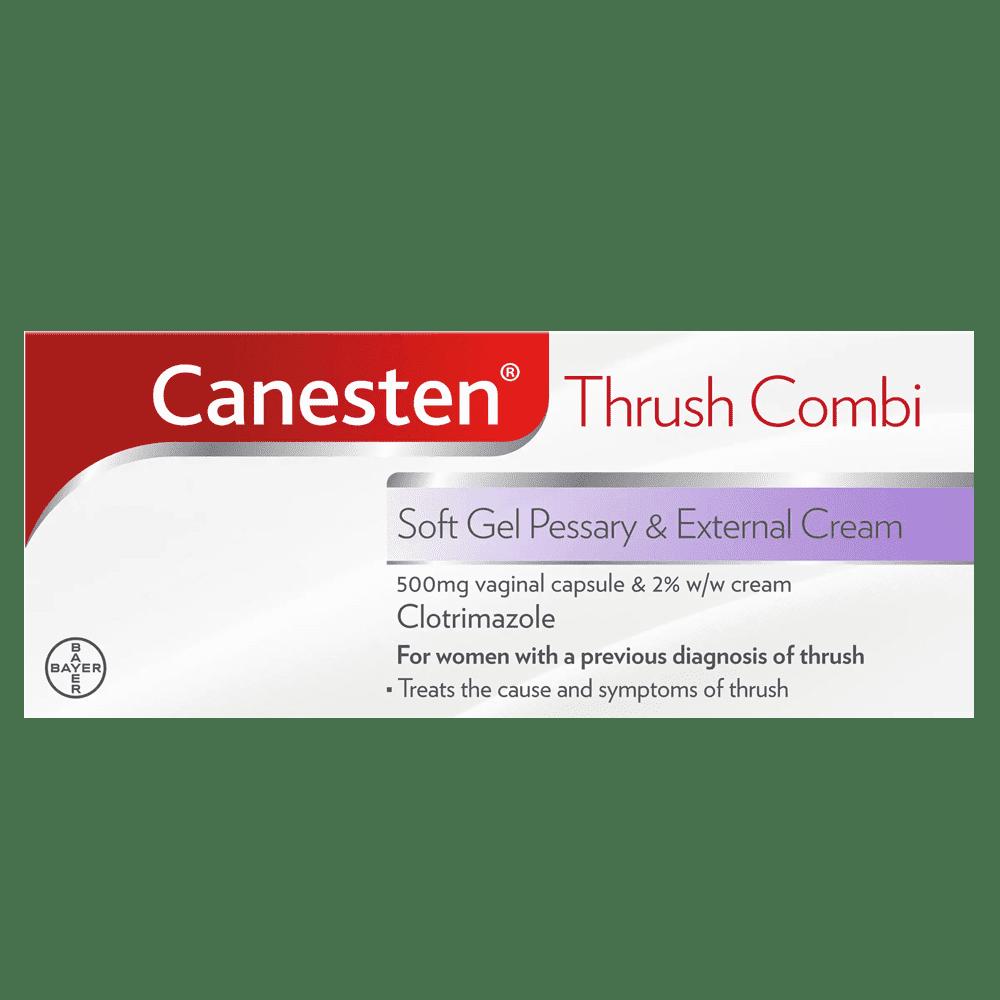
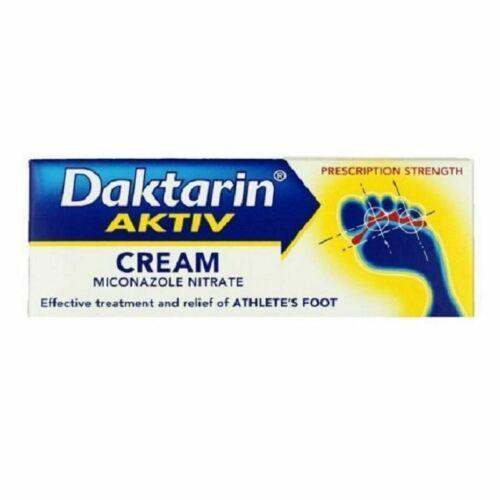



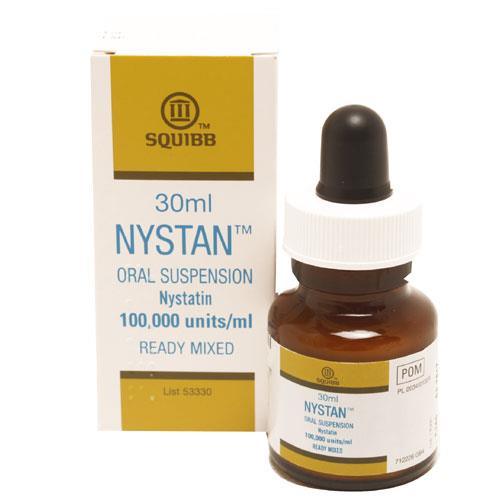
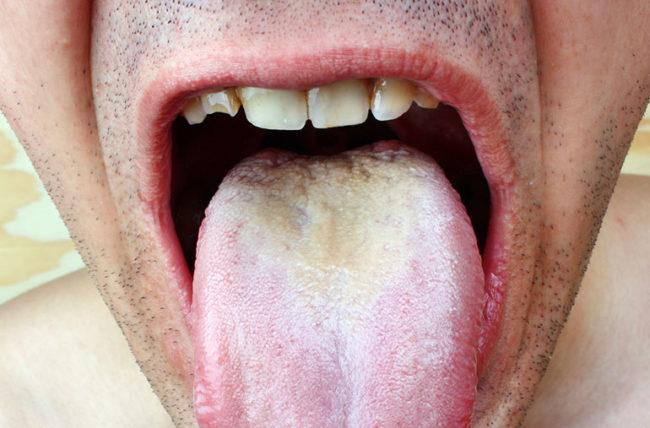






 Rated Excellent by 26,523+ Reviews
Rated Excellent by 26,523+ Reviews